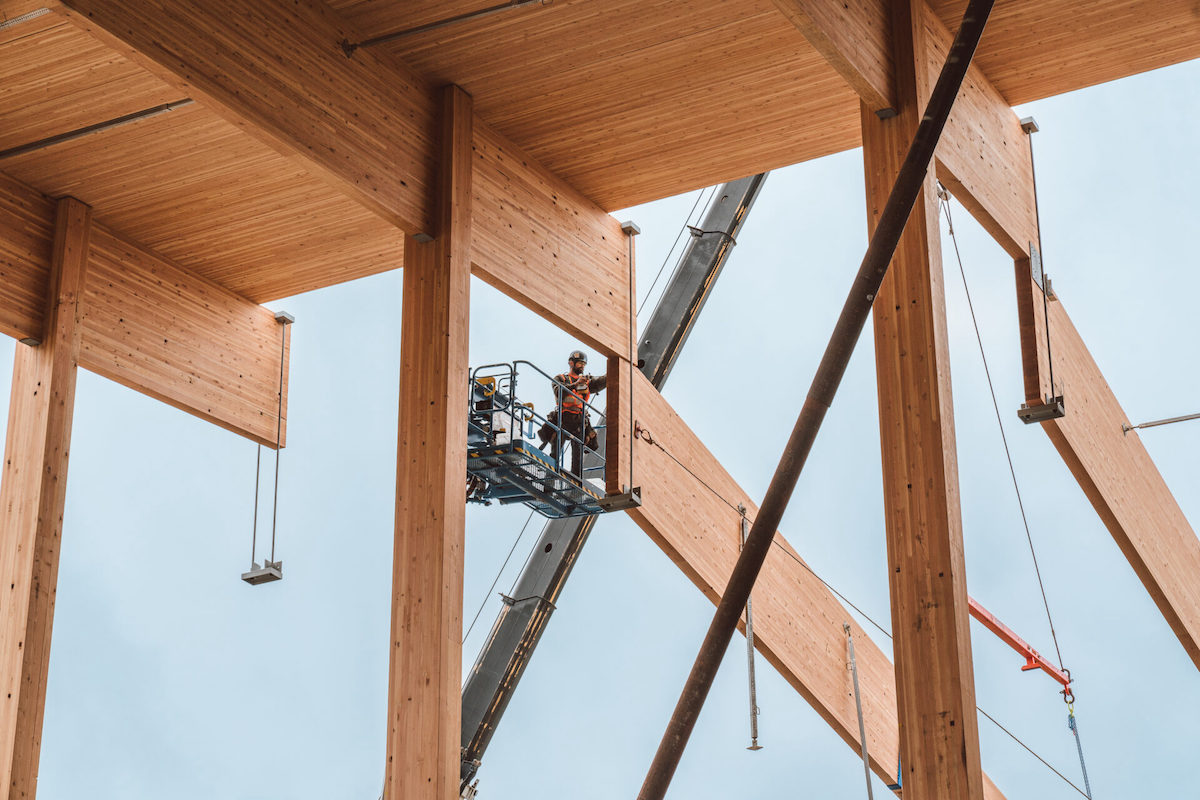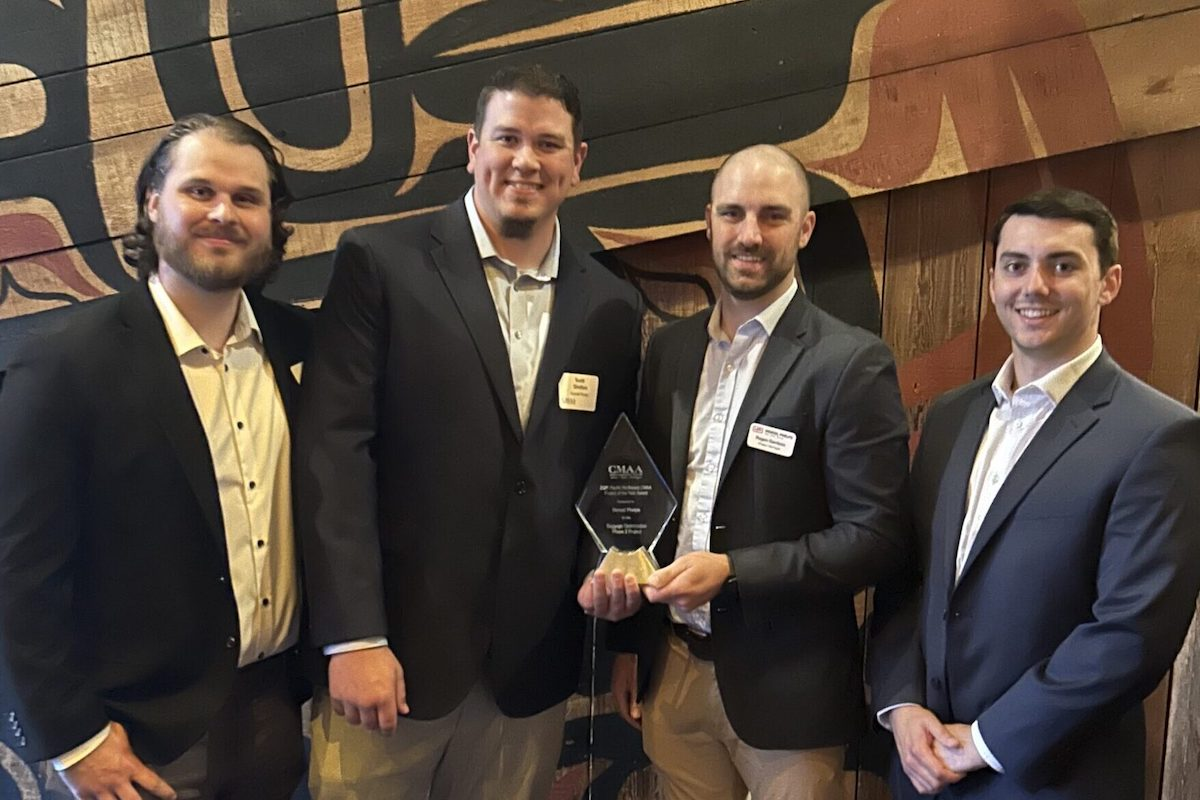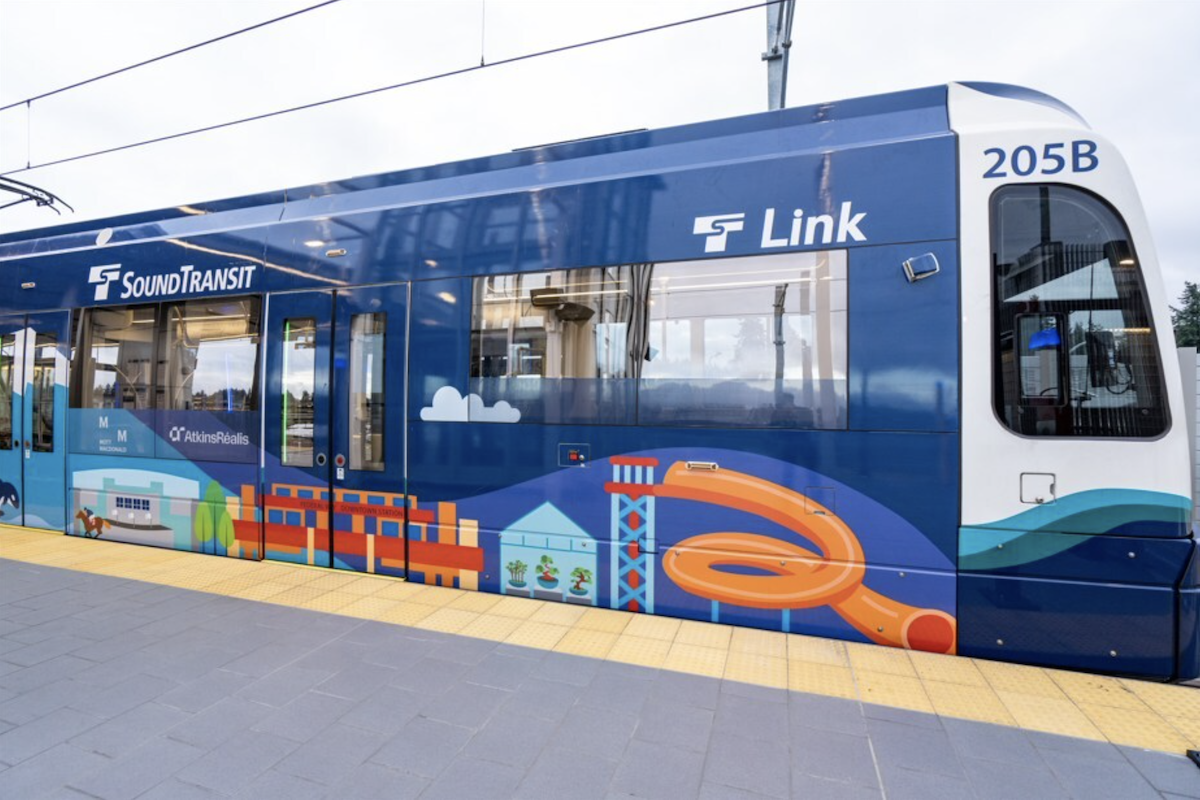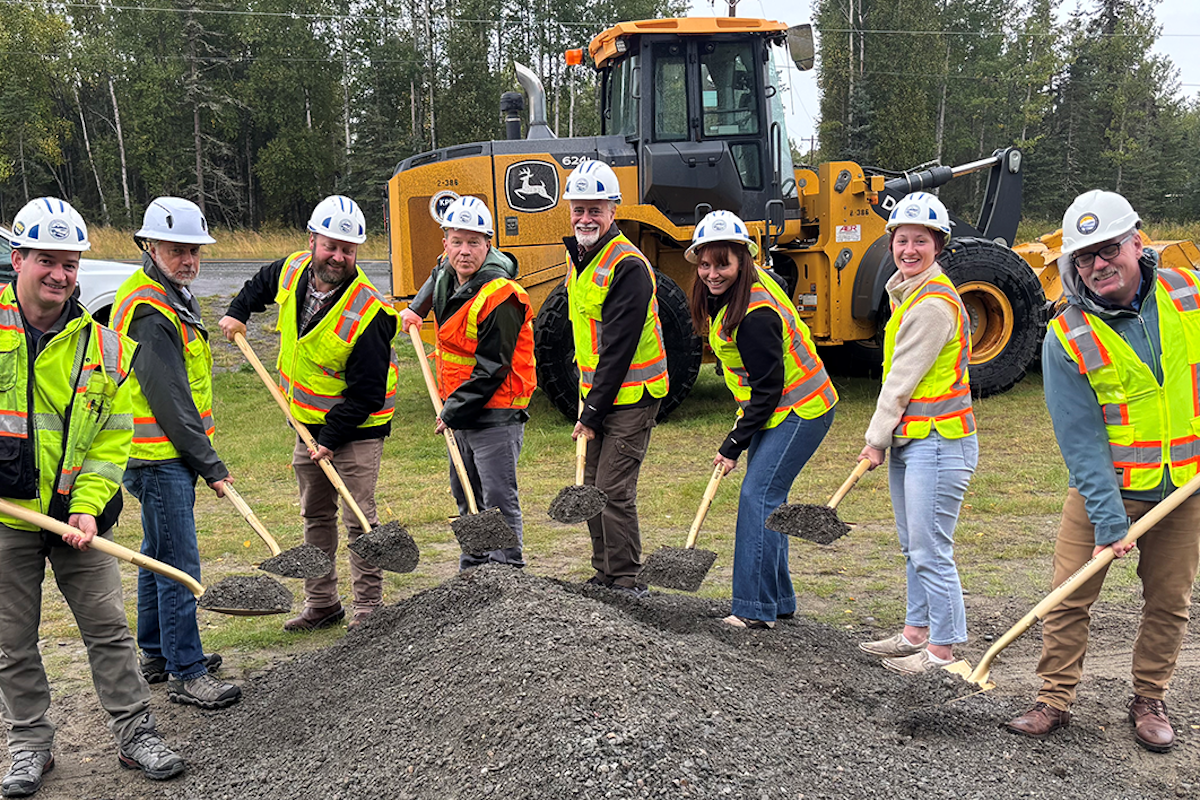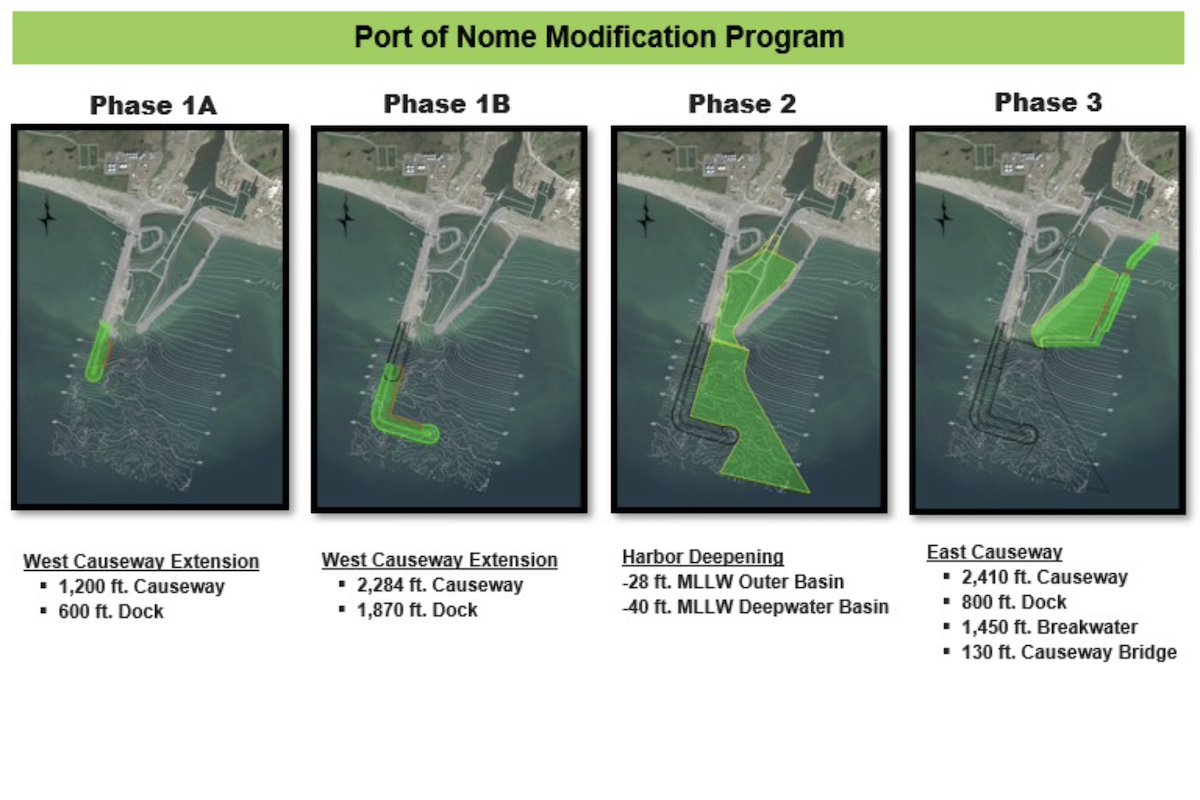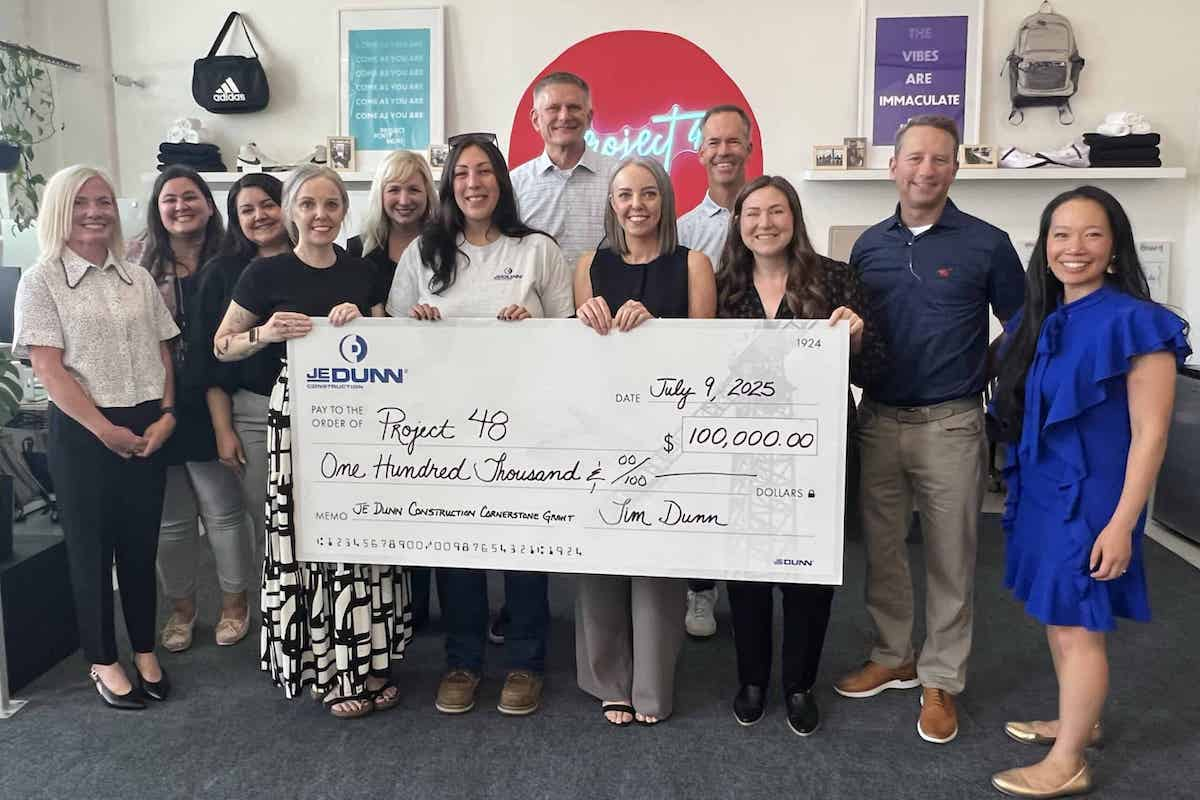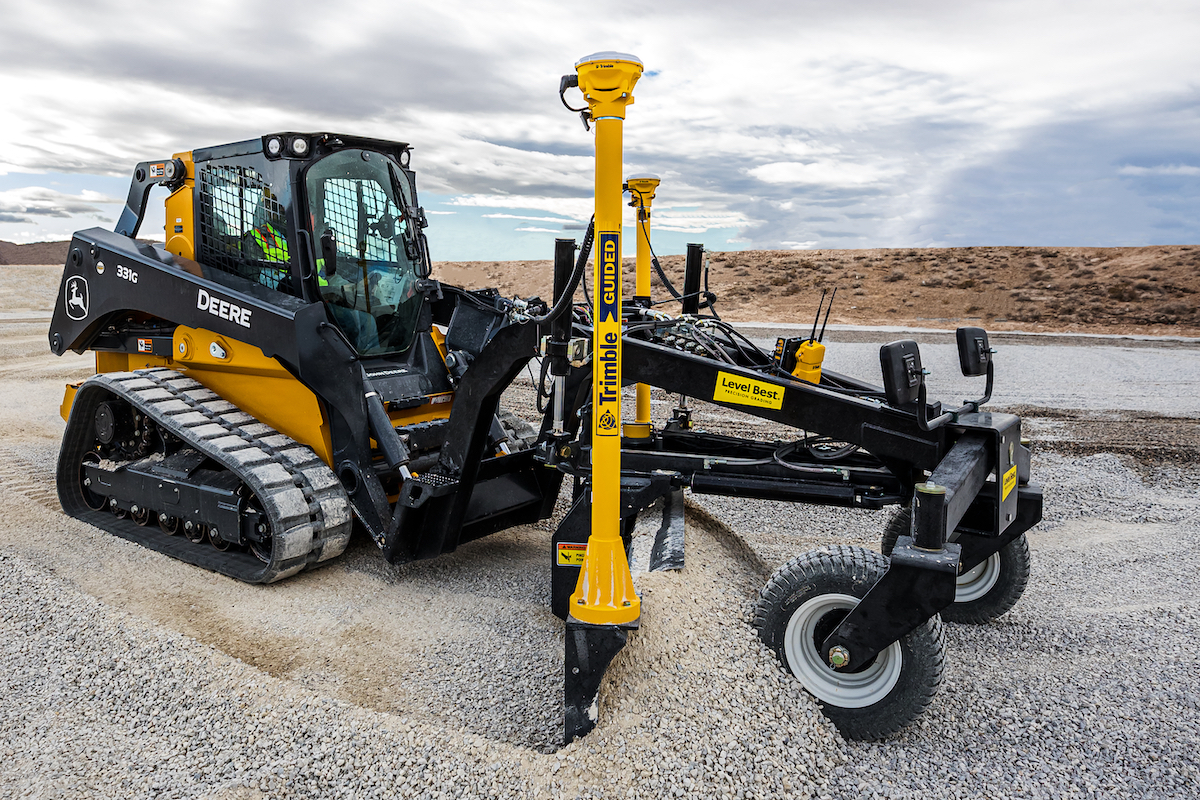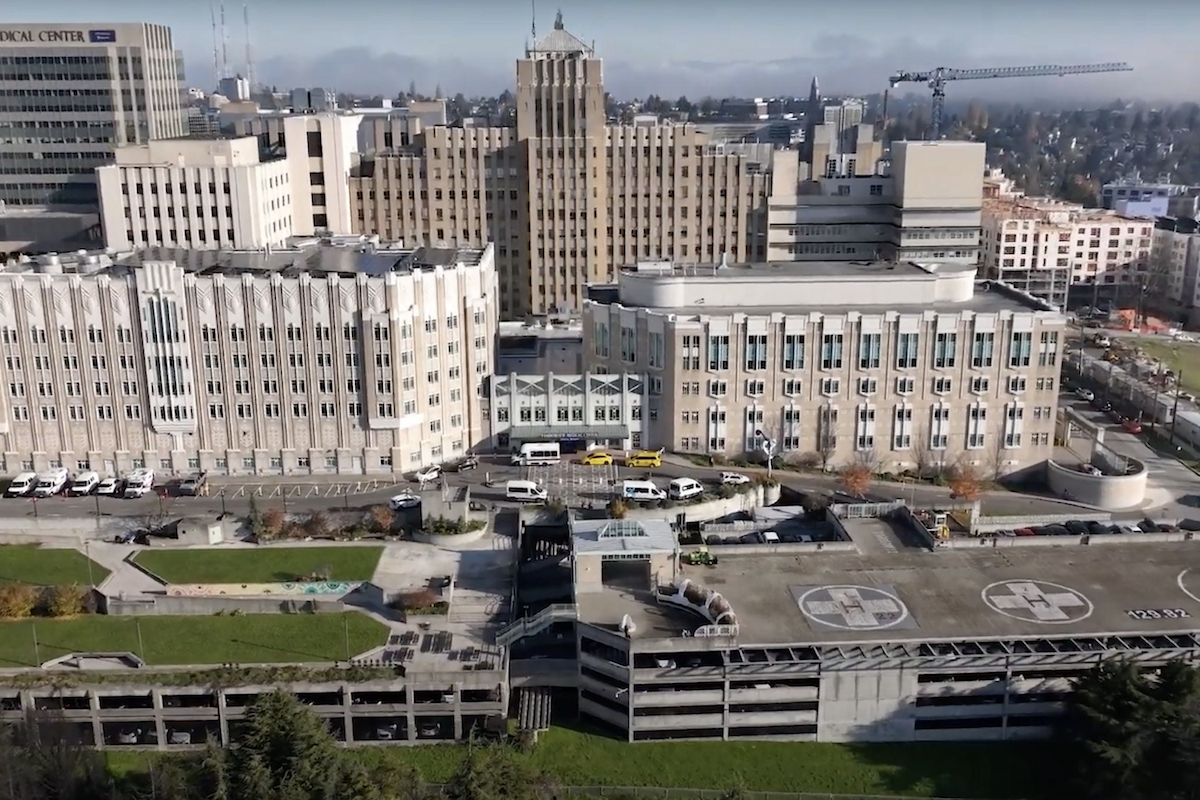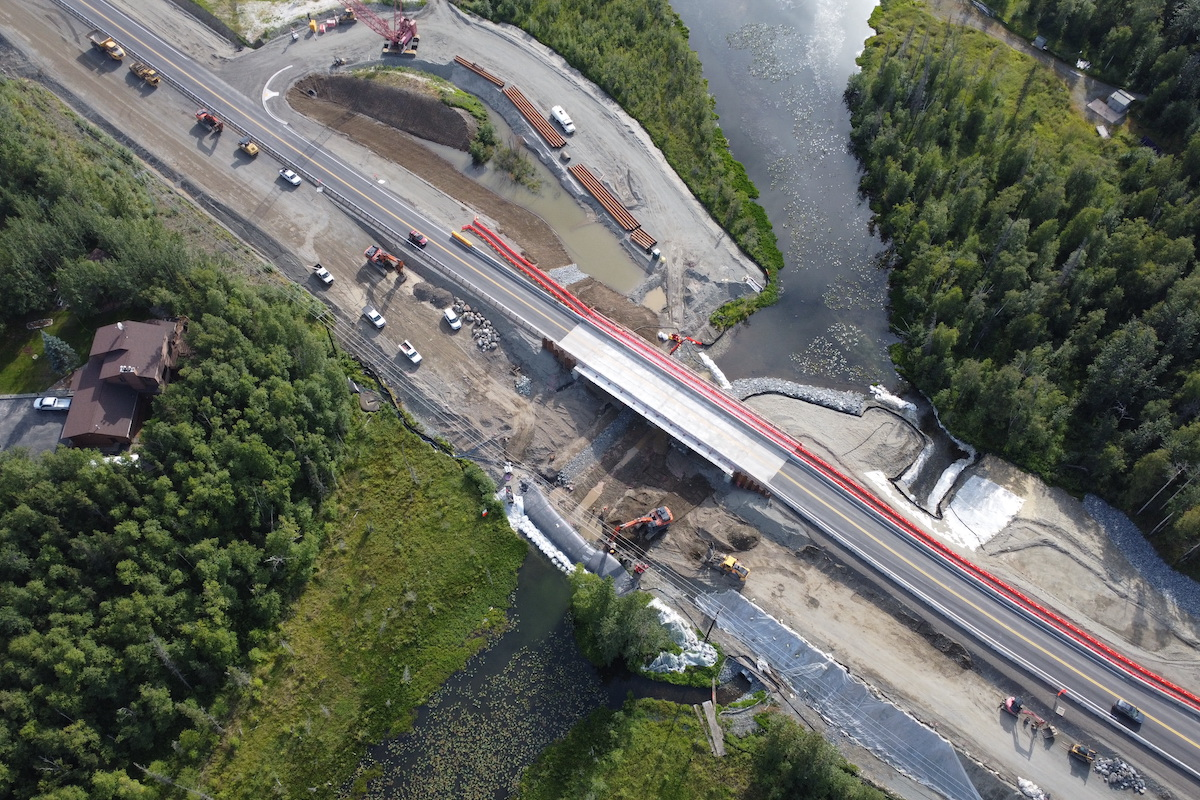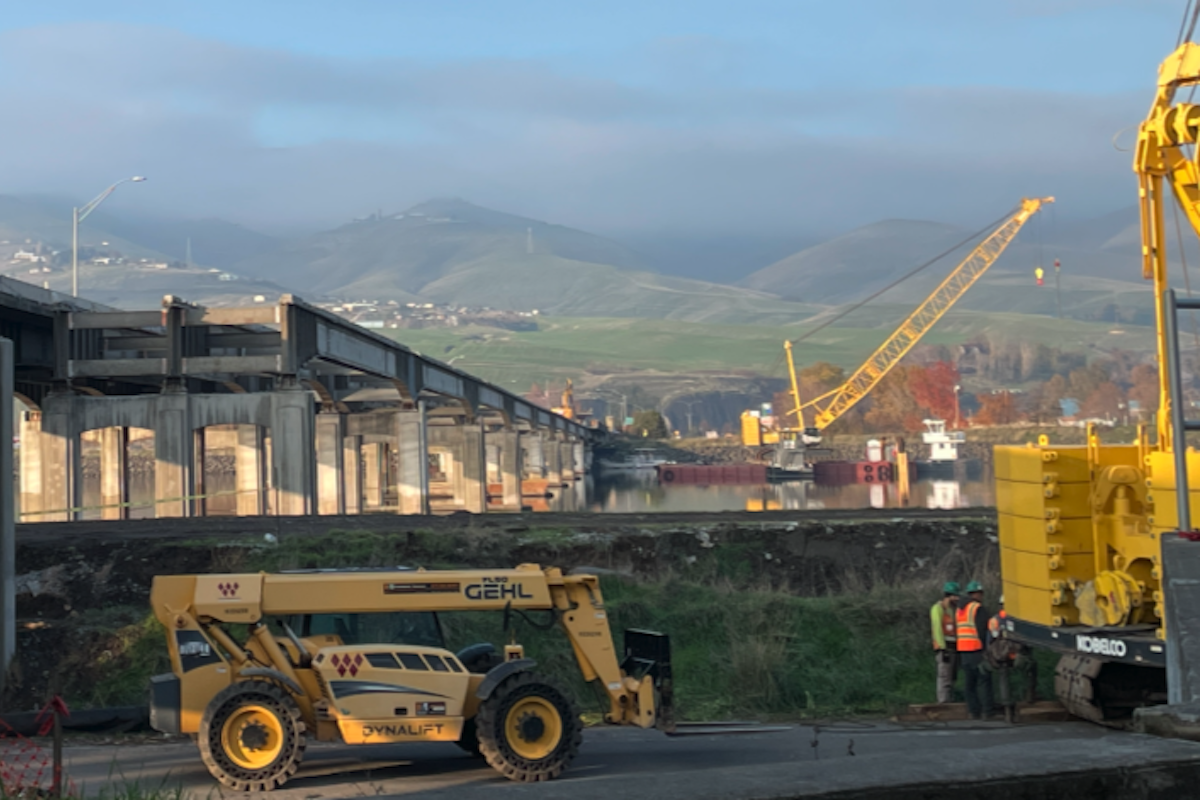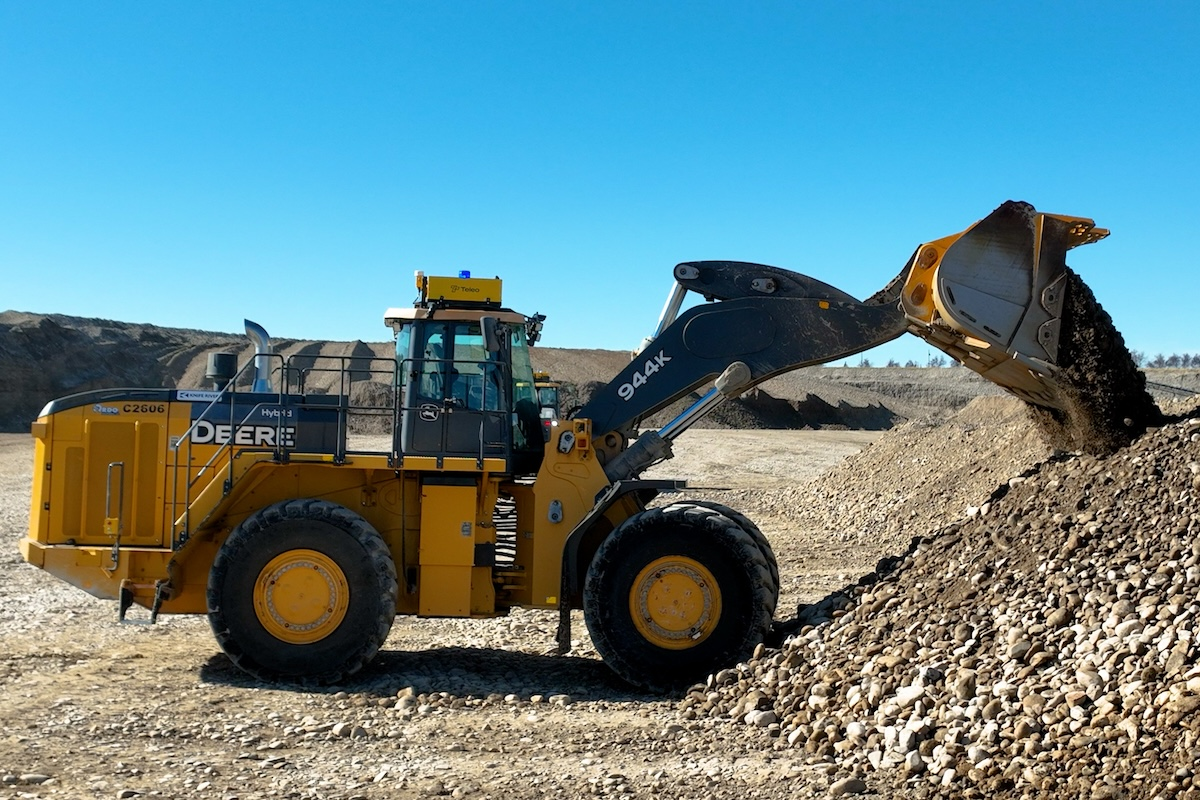“The RCUTs force drivers to only turn right off the side roads,” says Bow Warren, Branch Manager with the Kentucky Transportation Cabinet (KYTC). “We have seen a decrease in crashes where they have been implemented, and it improves output on the main road.”
U.S. 31W carries an average of 30,650 vehicles daily at the middle of this St. John Road in Elizabethtown to Blackjack Road in Radcliff corridor. It serves as a primary route for business and residents in the area. The road had a higher than expected crash rate. From January 2013 to December 2017, 2,448 crashes occurred, including nine with fatalities and 413 with injuries. Crashes along the road in Hardin County had an annual negative impact of about $6.7 million.
The $13.5 million project received funding from a variety of sources – including resurfacing funds, safety funds to address intersection and access management issues, and city funds to incorporate reconfiguring a city intersection into the planned upgrade.
Consultant Palmer Engineering designed the project and Louisville Paving and Construction’s Highway Division received the construction contract. Both companies are based out of Louisville. Founded in 1949, Louisville Paving remains family owned and operated. Work began in November 2020. Eighteen subcontractors assisted with the reconstruction.

| Your local Metso Minerals Industries Inc dealer |
|---|
| PacWest Machinery |
| Westate Machinery Co |
“The project has so many scopes of work,” says Dustin Gerkins, Project Manager for Louisville Paving. “We self-performed quite a bit of the work.”
The original four-lane concrete and rebar road, built in 1941, remained 4 to 9 inches below the asphalt surface. Some of the joints were in poor condition, leading to heaving and failure issues, with the road starting to crumble and lose its integrity. In some locations, the concrete had deteriorated, and in others, it was higher than expected, which required crews to remove and haul off the excess concrete.
“The pavement is failing because the concrete underneath never had any good expansion to it,” Gerkins says. “It would crack the asphalt.”
Louisville Pavement crews milled the asphalt down to the concrete to assess the concrete. In some areas, joints were missing. Crews installed relief joints every 100 feet before adding an aggregate asphalt base.
The road was then paved with a high-strength, Kevlar fiber reinforced asphalt to help prevent future cracking. The fibers are incorporated into the asphalt as the paving material is being produced at the plant. “It acts like a real-time mesh reinforcement,” Warren explains.

| Your local Bobcat dealer |
|---|
| Pape Material Handling |
Crews paved 90 percent of the road at nighttime, due to lane closure restrictions and the safety of paving with an extra lane adjacent to live traffic. Between 20 and 25 Louisville Paving employees worked on the paving to keep that process going.
Kentucky replaced the existing flush-paved medians with median islands, with curbs, eliminating the median’s use as a left turn lane. “Flush-paved medians gave opportunities for people to have issues, such as blind spots to oncoming traffic,” Warren adds.
The project also reconfigured the traffic flow using the RCUTs. All traffic from side streets must turn right and travel down U.S. 31W until reaching a spot midblock to make a U-turn and proceed in their intended direction. “You only have to watch for one direction of traffic,” Warren says.
Kentucky has implemented RCUTs at a few intersections and found it reduced the number of crashes and the severity of crashes that do occur. Gerkins reports the RCUT medians and turning lanes were added after the road reconstruction.
Most people are getting used to the RCUTs. KYTC has conducted extensive public information campaigns to prepare drivers about what to expect and why the change was made.

| Your local Gomaco dealer |
|---|
| American Construction Supply |
| Tri-State Truck & Equipment Inc |
“It’s going to take a while for everyone to get used to the configuration,” Warren says.
Concrete shortages related to a cement plant issue led to some challenges when pouring the median islands, curbs, and gutters. The supplier rationed available concrete meaning the contractor might receive only a few loads two or three days per week, rather than daily deliveries.
The concrete subcontractor installed 130 cubic yards a day last year, but in 2022, the company was able to obtain only 100 cubic yards in a week. “It affected the schedule,” Gerkins explains.
Truck driver availability also altered the timing of the deliveries and was a cause of concern. Rather than nighttime pours as planned, the contractor had to switch to early morning pours. That created issues with lane restrictions during the daytime pours.
Utilities under the median were completed first. That required excavation and installation of pipes, backfilling behind the utilities, and closing box culverts off because traffic has run on them during the construction.

| Your local Volvo Construction Equipment dealer |
|---|
| PacWest Machinery |
The two northbound lanes were shifted to 10-foot lanes on the flush-pavement median while rehab work progressed on the original northbound roadway. Then the southbound lanes were shifted to that existing median and the work was completed on those lanes. Then the southbound lanes were returned to their original placement and work could begin on the medians, removing temporary drainage box culverts and pouring the curbs, gutters, and concrete islands.
The contractor has used some nighttime closures at the intersections with side roads. Traffic on those roads ranges from an average of 18,000 to 20,300 vehicles per day. Ring Road has the highest traffic volumes. The contractor worked around the clock to complete the intersections as quickly as possible.
Both the northbound and southbound lanes will receive a topping of 1.5 inches of the fiber-reinforced asphalt, once the medians are complete.
Louisville Paving has used GPS surveying equipment throughout the project for box locations and paving grades. The company’s crews also are using intelligent compaction on its rollers to measure stone and aggregate compaction. It automatically sends the data to the state daily to show that the compaction was completed to specifications.
“I am proud of the efforts of our guys and our subcontractors,” Gerkins concludes. “It’s a whirlwind. You are in and out a lot.”

| Your local Superior dealer |
|---|
| Westate Machinery Co |
The project is scheduled to finish in November. At that time, drivers will enjoy a smoother ride with fewer traffic conflicts.




















